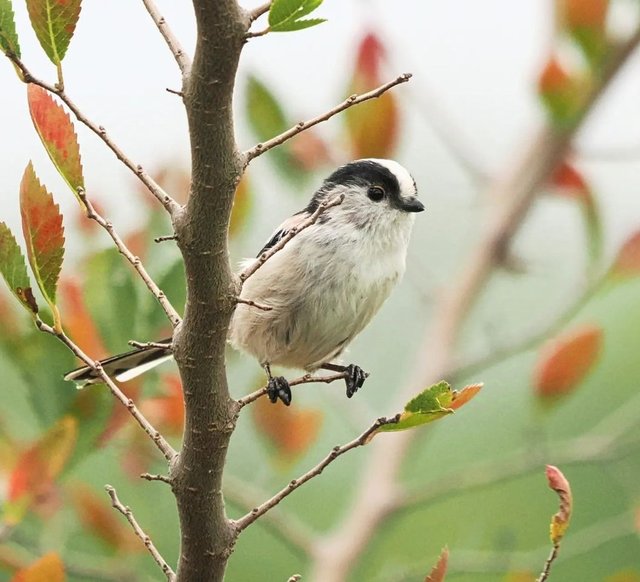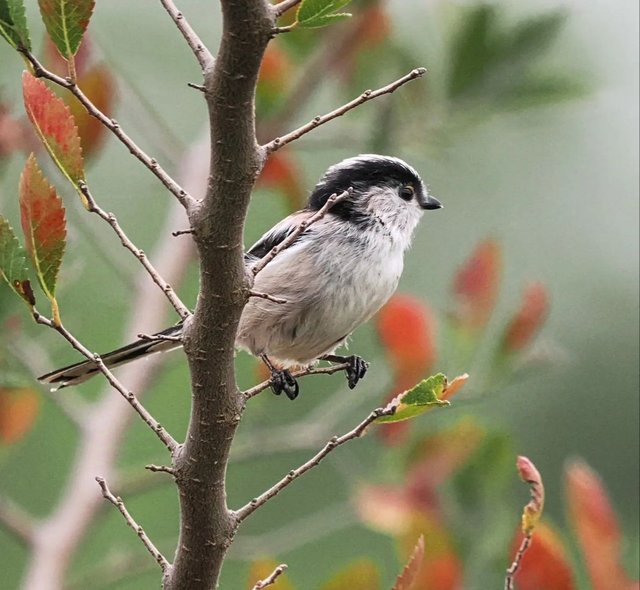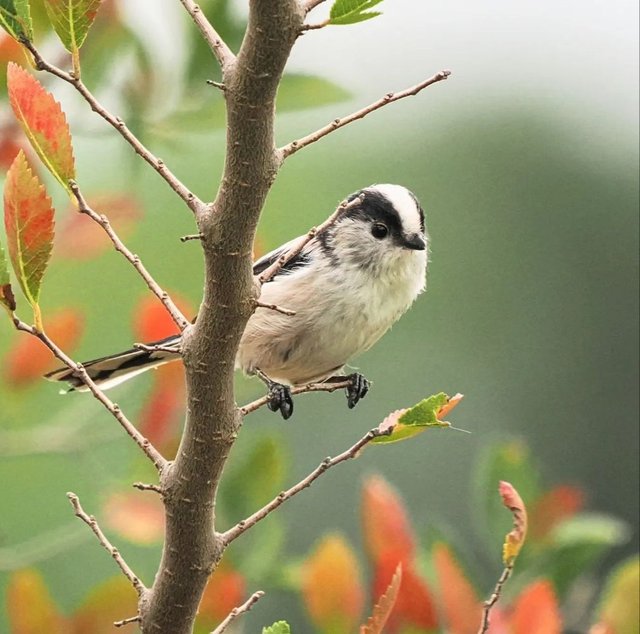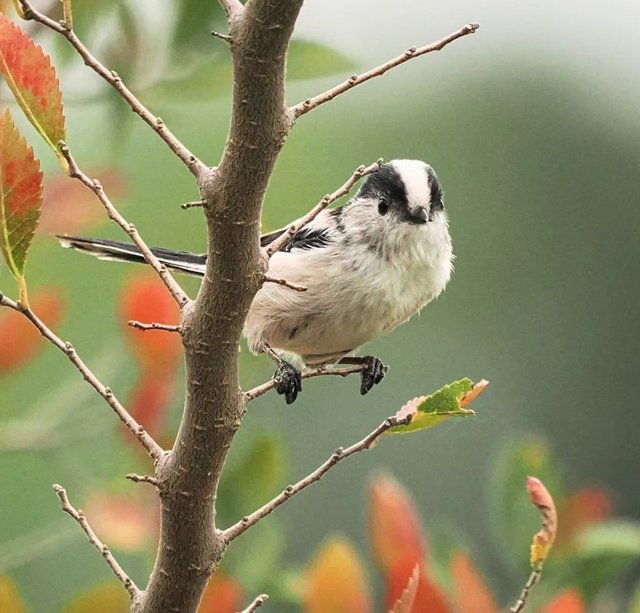The long-tailed tit is a delightful, small bird that enchants bird watchers and nature enthusiasts alike with its distinctive appearance and charming behavior. It belongs to the family Aegithalidae and is well-known for its beautiful, fluffy plumage, remarkable social behavior, and resilience in the face of harsh winter climates. This tiny bird can be found across Europe and Asia, often in woodlands, parks, gardens, and hedgerows, and it’s a joy to observe as it flits and flutters with grace.
Appearance and Identification
The long-tailed tit is small, typically measuring around 13–15 cm from head to tail, with a wingspan of about 16–19 cm. Despite its tiny size, it’s easy to recognize because of its exceptionally long tail, which accounts for nearly half of its total length. This characteristic tail gives the bird its common name and serves as a defining feature that makes it easy to spot even among dense branches.
The bird’s plumage is delicate and soft, often appearing fluffy due to its loosely arranged feathers. Its body is predominantly white with a blush of pinkish or reddish hues on the flanks, and it has striking black markings on the wings and tail. The head is generally white, with dark markings around the eyes that sometimes create a masked appearance. In some regions, such as northern Europe, subspecies of the long-tailed tit have an almost completely white head, while other subspecies display more distinct color variations, showcasing how adaptable and diverse this species is.
Habitat and Range
Long-tailed tits are widespread across Europe and Asia, thriving in a variety of habitats, including mixed woodlands, deciduous forests, and even suburban parks and gardens. They are particularly attracted to areas with dense vegetation, where they can find ample shelter and a steady supply of food.
In terms of geographic range, long-tailed tits are native to the Palearctic region, stretching from the United Kingdom and Western Europe to Japan and China in East Asia. They are primarily non-migratory, though some populations may move short distances in response to food availability or harsh weather conditions. Their ability to adapt to different environments and climates is a testament to their resilience.
Diet and Feeding Behavior
The long-tailed tit’s diet mainly consists of insects, spiders, and other small invertebrates, which it hunts with great agility. During the breeding season, it consumes a protein-rich diet to support the development of its young. However, in winter, when insects are scarce, it shifts its diet to include seeds and berries. This shift to a more varied diet enables it to survive even in the coldest months when food is scarce.




Thanks For Reading
Device Information
| Device | cannon eos 600D |
|---|---|
| Lens | 55-250 zoom leans |
| Location | Myanmar |
